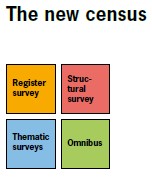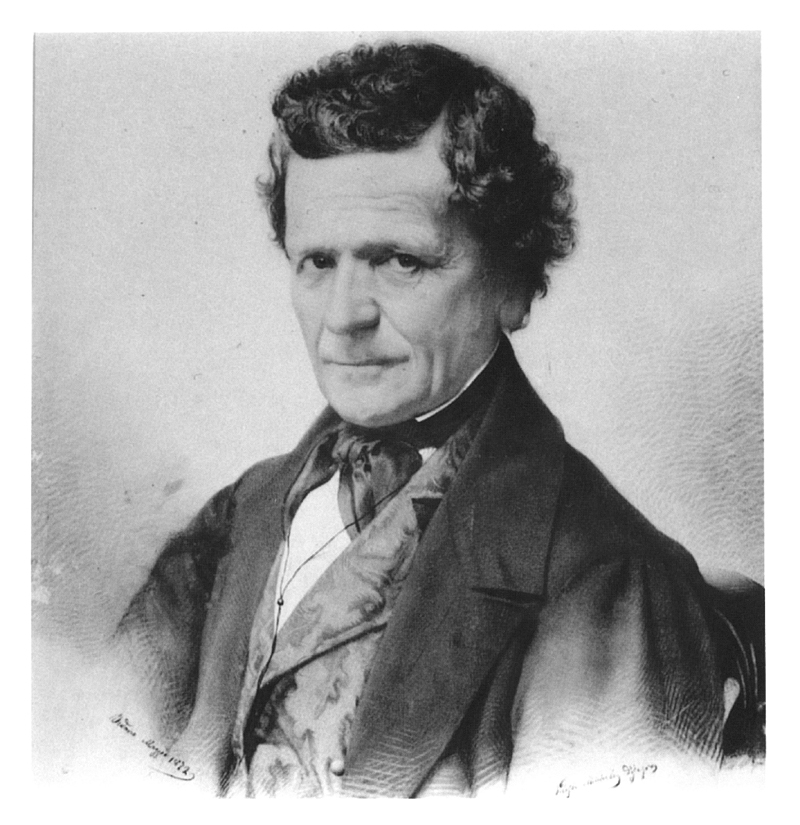|
Census In Switzerland
The first Federal population census in Switzerland took place in March 1850 under the direction of Federal Councillor Stefano Franscini. As well as counting the number of inhabitants, respondents were also asked about their sex, age, marital status, occupation and religion. Between 1860 and 2000, a census took place every ten years in December. The only exceptions to this 10-year rhythm were the population census of 1888 (brought forward as the basis for the revision of the constituency boundaries) and the population census of 1941 (delayed due to the mobilisation of the army in May 1940). The census of 2000 was the last to use traditional methods. Since 2010, the population census has been carried out and analysed annually in a new format by the Federal Statistical Office (FSO). In order to ease the burden on the population, the information is primarily drawn from population registers and supplemented by sample surveys. Only a small proportion of the population (about 5%) are surve ... [...More Info...] [...Related Items...] OR: [Wikipedia] [Google] [Baidu] |
Stefano Franscini
Stefano Franscini (23 October 1796, Bodio – 19 July 1857) was a Swiss politician and statistician. He was one of the initial members of the Swiss Federal Council elected in 1848 and Switzerland's first native Italian speaking federal councillor. Franscini was affiliated to the Liberal Radical Party of Switzerland. During his office tenure he held the Department of Home Affairs. Important elements of his political legacy include political reforms in the Ticino during the 1830s and 1840s, Switzerland's first federal population census in 1850, and the creation of the Swiss Federal Institute of Technology in 1854/1855. Early life and education (1796–1824) Franscini was born in the village of Bodio, to a farmer's family with humble backgrounds. Until the age of eleven, he visited a winter school run by a priest in the neighbouring village Personico. From 1808 to 1814, he attended the priests' seminary in Pollegio, from where he was sent to continue his education and training at ... [...More Info...] [...Related Items...] OR: [Wikipedia] [Google] [Baidu] |
Population Census
A census is the procedure of systematically acquiring, recording and calculating information about the members of a given population. This term is used mostly in connection with national population and housing censuses; other common censuses include censuses of agriculture, traditional culture, business, supplies, and traffic censuses. The United Nations (UN) defines the essential features of population and housing censuses as "individual enumeration, universality within a defined territory, simultaneity and defined periodicity", and recommends that population censuses be taken at least every ten years. UN recommendations also cover census topics to be collected, official definitions, classifications and other useful information to co-ordinate international practices. The UN's Food and Agriculture Organization (FAO), in turn, defines the census of agriculture as "a statistical operation for collecting, processing and disseminating data on the structure of agriculture, covering th ... [...More Info...] [...Related Items...] OR: [Wikipedia] [Google] [Baidu] |
Army
An army (from Old French ''armee'', itself derived from the Latin verb ''armāre'', meaning "to arm", and related to the Latin noun ''arma'', meaning "arms" or "weapons"), ground force or land force is a fighting force that fights primarily on land. In the broadest sense, it is the land-based military branch, service branch or armed service of a nation or country. It may also include aviation assets by possessing an army aviation component. Within a national military force, the word army may also mean a field army. In some countries, such as France and China, the term "army", especially in its plural form "armies", has the broader meaning of armed forces as a whole, while retaining the colloquial sense of land forces. To differentiate the colloquial army from the formal concept of military force, the term is qualified, for example in France the land force is called ''Armée de terre'', meaning Land Army, and the air and space force is called ''Armée de l'Air et de l’Esp ... [...More Info...] [...Related Items...] OR: [Wikipedia] [Google] [Baidu] |
Federal Statistical Office (Switzerland)
The Federal Statistical Office (FSO) is a Federal agency of the Swiss Confederation. It is the statistics office of Switzerland, situated in Neuchâtel and attached to the Federal Department of Home Affairs. The Federal Statistical Office is the national service provider and competence centre for statistical observations in areas of national, social, economic and environmental importance. The FSO is the main producer of statistics in the country and runs the Swiss Statistics data pool. It provides information on all subject areas covered by official statistics. The office is closely linked to the national statistics scene as well as to partners in the worlds of science, business and politics. It works closely with Eurostat, the Statistics Office of the European Union, in order to provide information that is also comparable at an international level. The key principles upheld by the office throughout its statistical activities are data protection, scientific reliability, i ... [...More Info...] [...Related Items...] OR: [Wikipedia] [Google] [Baidu] |
The New Census
''The'' () is a grammatical article in English, denoting persons or things that are already or about to be mentioned, under discussion, implied or otherwise presumed familiar to listeners, readers, or speakers. It is the definite article in English. ''The'' is the most frequently used word in the English language; studies and analyses of texts have found it to account for seven percent of all printed English-language words. It is derived from gendered articles in Old English which combined in Middle English and now has a single form used with nouns of any gender. The word can be used with both singular and plural nouns, and with a noun that starts with any letter. This is different from many other languages, which have different forms of the definite article for different genders or numbers. Pronunciation In most dialects, "the" is pronounced as (with the voiced dental fricative followed by a schwa) when followed by a consonant sound, and as (homophone of the archaic pron ... [...More Info...] [...Related Items...] OR: [Wikipedia] [Google] [Baidu] |
Response Rate (survey)
In survey research, response rate, also known as completion rate or return rate, is the number of people who answered the survey divided by the number of people in the sample. It is usually expressed in the form of a percentage. The term is also used in direct marketing to refer to the number of people who responded to an offer. The general consensus in academic surveys is to choose one of thsix definitions summarized by the American Association for Public Opinion Research(AAPOR). These definitions are endorsed by the National Research Council and the Journal of the American Medical Association, among other well recognized institutions. They are: # Response Rate 1 (RR1) – or the minimum response rate, is the number of complete interviews divided by the number of interviews (complete plus partial) plus the number of non-interviews (refusal and break-off plus non-contacts plus others) plus all cases of unknown eligibility (unknown if housing unit, plus unknown, other). # Response ... [...More Info...] [...Related Items...] OR: [Wikipedia] [Google] [Baidu] |
Demographics Of Switzerland
This article about the demographics of Switzerland features the population of the Swiss Confederation, including population density, ethnicity, education level, health of the populace, economic status, religious affiliations and other aspects of the population. Switzerland had a population of 8.57 million as of mid-2019. Its population quadrupled over the period 1800 to 1990 (average doubling time 95 years). Population growth was steepest in the period after World War II (1.4% per annum during 1950–1970, doubling time 50 years), it slowed during the 1970s to 1980s and has since again picked up to 1% during the 2000s (doubling time 70 years). More than 75% of the population live in the central plain, which stretches between the Alps and the Jura Mountains and from Geneva in the southwest to the High Rhine and Lake Constance in the northeast. As of 2019, foreign residents in the country make up 25.2% of the population. Census The ''Federal Population Census'' (german: Ei ... [...More Info...] [...Related Items...] OR: [Wikipedia] [Google] [Baidu] |





.png)
.jpg)
